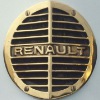
|
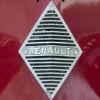
|
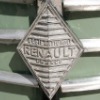
|
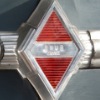
|
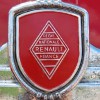
|
|
1923~
|
1925~
|
1946~
|
1946~
|
1950~
|
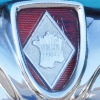
|
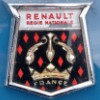
|
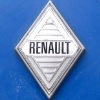
|
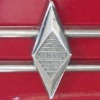
|
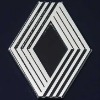
|
|
1951~
|
1956~
|
1959~
|
1965~
|
1972~
|
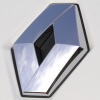
|
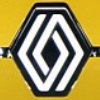
|
|
|
|
|
1992~
|
2021~
|
|
|
|
【 Origin of Emblem and Logo 】
The Renault emblem logo is commonly referred to as the "Renault Diamond". How that the diamond shape is derived to be remains a mystery, though there are three different theories that have been posed over the years. The first theory is that the diamond shape was the most suitable shape to close the hole in the front of the vehicle. The second theory is that the shape is the contour of the tank manufactured by Renault. The third theory is that the shape expresses high quality and dynamism of the products.
【 History of Emblem and Logo 】
In 1900, the Renault's first corporate logo was born, combining the initials of the founder Renault brothers with the Art Nouveau style. In 1906, the emblem logo design was changed to the gear and the racing car that won the first French Grand Prix. Then, the design was changed to the tank FT-17 manufactured by Renault after the end of World War I in 1919. None of these designs were installed on Renault cars.
In 1923, the first Renault emblem logo was adopted for vehicles such as the NN and 40CV. It adopted a round grille design with the name of Renault in the center, which also had the role of passing the sound of the horn out of the hood.
In 1925, the first diamond-shaped emblem logo was born. For about 20 years from here, there has been no noticeable change in the design. Since then, various new designs of Renault diamonds have been adopted at the same time as the launch of new car models.
In 1946, two types of the designs were born for 4CV. In the center of the red was engraved the abbreviation "RNUR" for the company name "Régie Nationaledes Usines Renault".
In 1950, the red shield design was born for Colorale.
In 1951, the design with the French land and diamond inside a red shield was born for Fregate.
In 1956, the design with three dolphins and the crown drawn was born for Dauphine. This design was created by French textile designer Paul Marrot. Unusually, it does not have a diamond shape.
In 1959, the corporate logo design was revised and the car emblem logo design was also changed, and it was adopted for Renault 3 (trois) and Renault 4 (quatre) released in 1961.
In 1962, the thinner diamond design was born for Renault 8 (huit). After that, it has also been adopted by Renault 10 (dix).
In 1972, the new corporate logo was born by French visual artist Victor Vasarely, who specializes in geometric abstraction. The hollowed diamond shape is also followed in modern Renault emblem logo designs. Previously, different designs were adopted for each car model, but they will be integrated into this design. Renault 5 (cinq) became the first model to feature the "new diamond".
Twenty years later, in 1992, the most famous modern Renault diamond was born. The thin parallel lines inside the diamond have been abolished, and the combination of four flat surfaces forms the diamond.
Then, in 2021, a new design emblem logo was announced, and the diamond would be formed again by parallel lines. It is reminiscent of the design that was born in 1972, and is composed of thicker and fewer parallel lines than before. According to Renault's explanation, the entire lineup will be replaced with this design by 2024.
【 History of Company and Brand 】
Renault's history begins in 1898, when Louis Renault climbed the slopes of Montmartre with the three-wheeled vehicle handmade by himself. In 1899, he established "Renault-Frères" with his two older brothers, Marcel Renault and Fernand Renault. The following year, Renault's first corporate logo was born as described above.
In 1903, Renault began manufacturing its own engines and received major volume orders for taxis in London and Paris. It was also used by the French military to transport troops during World War I and was nicknamed "Taxi de la Marne". After that, Renault manufactured not only automobiles but also French tanks, aircraft engines, and aircraft. In 1940, Renault was requisitioned by Nazi Germany, which occupied France during World War II. Renault refused to produce tanks for Nazi Germany and continued to produce trucks instead. In 1942, the Allied air raid burned down the production line, and the founder Louis Renault developed aphasia. When France was liberated in 1944, Louis was arrested for industrial collaboration with Nazi Germany and had the sad ending of being abused and killed in Fresnes Prison. On 1 January 1945, three months after the death of Louis, Renault was nationalized by General de Gaulle's decree. In secrecy during the war, Renault had developed 4CV which was a big success, helping to rebuild Renault after war.
In 1990, Renault was changed status and became a public limited company by the adoption of the law with restrictions on foreign control. Then Renault actually move into the private sector in 1996.
In 1999, Renault decided to form an alliance with Nissan to gain competitiveness in the world. Renault and Nissan have begun to work together as supporting partners while maintaining their identities. In 2016, Mitsubishi joined this alliance.
|


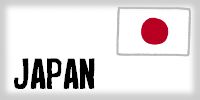
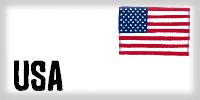
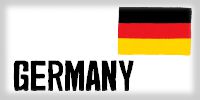
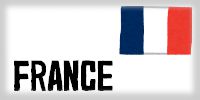
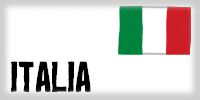
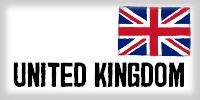
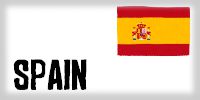
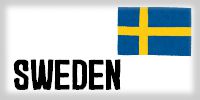
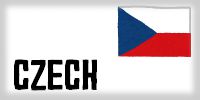
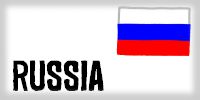
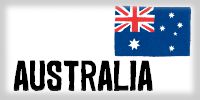
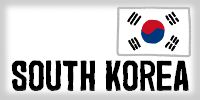
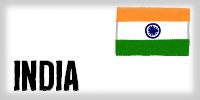
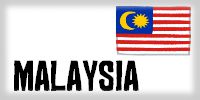
 English -
English - 










